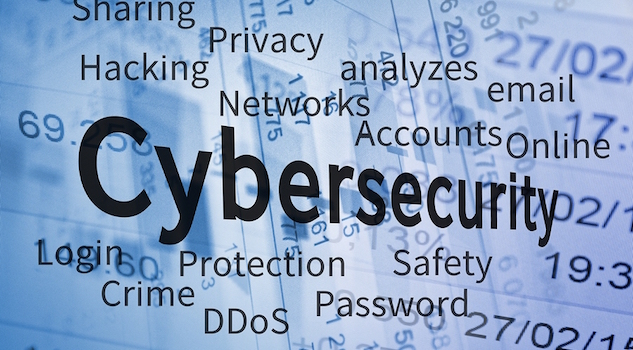Cyber criminals have been attacking large corporate and government targets for many years but increasing numbers are now turning their attention to small and mid-sized enterprises. Unfortunately, many of them are woefully underprepared .
Faced with having much smaller security budgets, many SMEs tend to put their trust in point products from one or two vendors and leave it at that. They don’t put security teams in place and many have no staff at all dedicated to the task.
A range of threats
Today, there are a range of cyber security threats that can cause significant loss and disruption to business activity.
One example is ransomware. Often used to target larger enterprises, this tactic is also being directed at smaller organisations. Many find themselves suddenly unable to access core data and applications which results in significant disruption to operations. The attacks are almost always about extracting payments which can range from small amounts to many thousands of dollars.
Email remains the most popular attack vector when criminals are targeting an SME with a ransomware attack. They use spam messages and email attachments that appear to have come from a legitimate source to trick the recipient into opening them. Doing so executes the malicious code which then proceeds to encrypt data.
New variants of ransomware are appearing all the time and, interestingly, the amounts being demanded are rising. Many experts believe that it’s not a case of “if” a business will be hit by an attack but “when”.
Malvertising and adware are two other increasing threats for SMEs. In the past, these techniques have tended to be fairly benign, causing certain advertisements to be displayed more often and thereby increasing click-through rates.
Now, however, adware developers are adding more functionality to their code so they are able to deliver payloads to the devices of victims. These could be in the form of malicious code that encrypts data or scans a network for data suitable for theft.
A strategy for 2018
Here are a range of initiatives SMEs should consider to improve their cyber security during the coming year:
- Have a strategic focus: You need to have a strategic focus on security that makes it a priority. This may involve investing more money or it could be a matter of allocating existing budgets differently.
- Undertake testing: Test different security tools to determine which can provide the best level of protection against the maximum number of threats. Don’t just invest because it is a name brand or someone else has recommended the product.
- Make careful selections: Choosing a comprehensive tool will provide more layers of protection and stop attacks in a variety of different locations. Every business has different security requirements so selecting the tool that is the best fit for you is very important.
- Seek external advice: Consider making use of external experts when selecting and deploying security tools. This could be an existing IT partner or a specialist security consultant who can provide dispassionate advice.
- Ensure ongoing education: Undertake regular user education for all staff. Attacks continue to occur when people do nothing more than visit an infected website or open an email or attachment. Users need to be aware of this and the steps they should take to minimise risks to the business.
By taking a strategic approach to security, SMEs will be in a much stronger position to withstand cyber attacks during 2018. With the business world increasingly interconnected, making cyber security a top business priority has never been more important.
Brett Callaughan, Senior Sales Engineer, Malwarebytes










